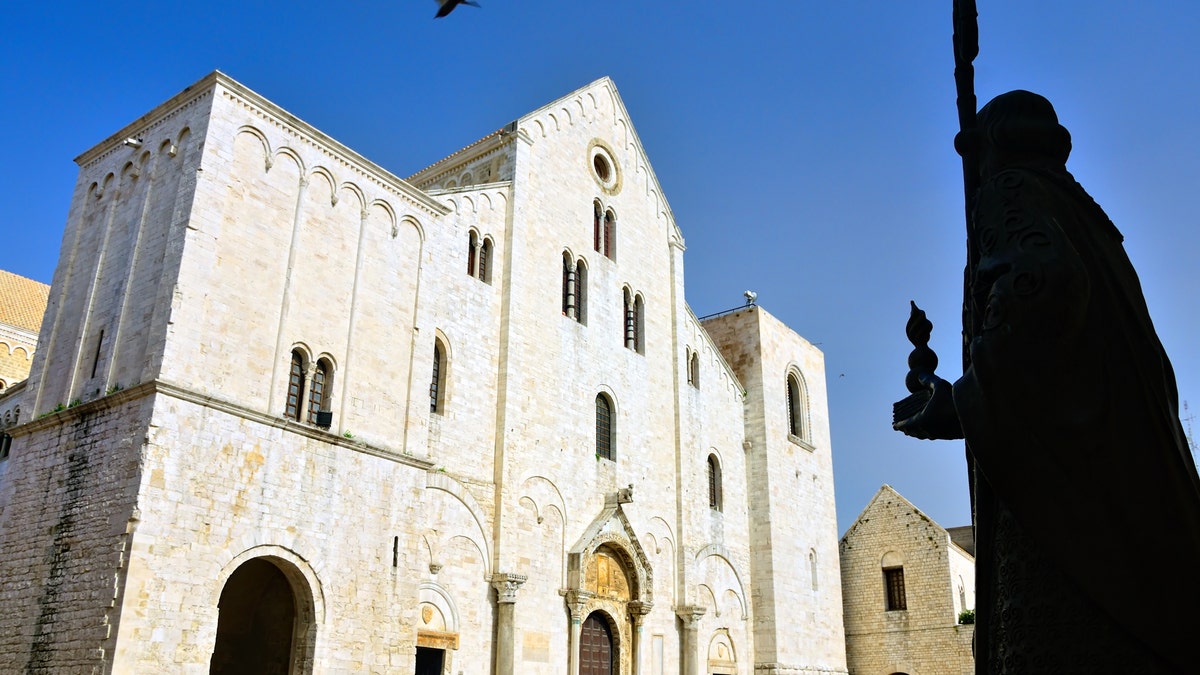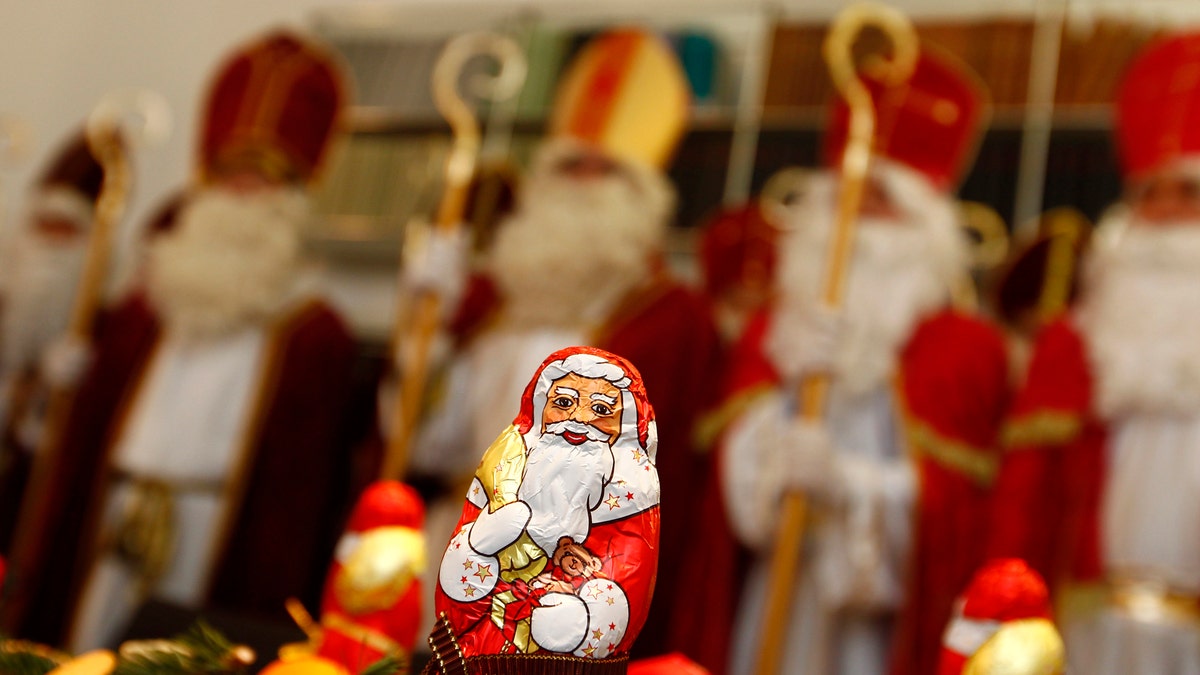'Santa's bone' dates to the time of St. Nicholas, scientists discover
For the first time, researchers at the University of Oxford tested a fragment of bone said to belong to Santa Claus, or St. Nicholas and found it does date back to the correct historical period. Could these new findings shed light on the historical inspiration for Santa Claus?
High-tech analysis of a bone fragment venerated as a relic of St. Nicholas has pinpointed it to the correct period in history, potentially shedding new light on the historical inspiration for Santa Claus.
For the first time, a micro-fragment of bone sample has been tested by experts, with radiocarbon dating confirming that the relic is from the fourth century. Many historians believe that St. Nicholas died in 343 A.D. The saint, a Greek Bishop who became famous for his acts of generosity, inspired the figure of Santa Claus.
The radiocarbon dating results suggest that the bones could in principle be authentic and belong to St. Nicholas, according to experts at Oxford University, who performed the analysis.
WAS SANTA CLAUS' GRAVE DISCOVERED? EXPERTS MAY HAVE FOUND FINAL RESTING PLACE OF ST. NICHOLAS
“Many relics that we study turn out to date to a period somewhat later than the historic attestation would suggest,” said Professor Tom Higham, a director of the Oxford Relics Cluster at Keble College’s Advanced Studies Center, in a statement. “This bone fragment, in contrast, suggests that we could possibly be looking at remains from St Nicholas himself.”

File image of Basilica di San Nicola, Bari (iStock) (alxpin)
St. Nicholas is believed to have lived in the ancient city of Myra, Asia Minor, now part of the modern town of Demre, in southern Turkey. On his death, his remains were buried in a church in the city. It has long been believed that the saint’s bones were removed from the Demre site in the 11th century and taken to Bari in Italy, where the Basilica di San Nicola was built to house the remains.
Other bones believed to be from St. Nicholas are preserved in the Chiesa di San Nicolo al Lido in Venice.
ANCIENT FORBIDDEN CHRISTIAN TEXT OF JESUS' 'SECRET TEACHINGS' TO HIS 'BROTHER' FOUND
The bone analyzed by the Oxford researchers is owned by Father Dennis O’Neill of St. Martha of Bethany Church, Shrine of All Saints, in Morton Grove, Illinois. The bone, which is part of a human pelvis, originally came from Lyon, France.

The beloved inspiration for Santa Claus continues to be a source of great interest to archaeologists. (REUTERS/Michaela Rehle)
Intriguingly, the collection of relics in Bari does not include the saint’s full pelvis, only the left ilium, which is from the upper part of the bone. The bone in Fr. O’Neill’s possession is from the left pubis, or the lower part of the bone. This could indicate that the bones are from the same person, prompting the Oxford University analysis.
“These results encourage us to now turn to the Bari and Venice relics to attempt to show that the bone remains are from the same individual,” said Dr. Georges Kazan, who is also a director of the Oxford Relics Cluster. “We can do this using ancient palaeogenomics, or DNA testing. It is exciting to think that these relics, which date from such an ancient time, could in fact be genuine.”
NEW EVIDENCE DATES CHRIST’S TOMB TO ROMAN ERA, MATCHING HISTORICAL RECORDS
An anatomical study of the relics in Venice, which consist of up to 500 bone fragments, concludes that they are complementary to the collection in Bari, indicating that the sets are from the same person.

Chocolate St. Nicholas figures are pictured in a patisserie in Poecking near Starnberg, southern Germany. (REUTERS/Michaela Rehle)
However, it remains to be confirmed which fragments of the pelvis, it any, are among the relics in Venice.
While the research is shedding new light on the relics, it will not provide conclusive proof of their authenticity. “Science is not able to definitely prove that it is, it can only prove that it is not, however,” explained Professor Higham.
240-YEAR-OLD TIME CAPSULE FOUND INSIDE STATUE OF CHRIST
St. Nicholas continues to be a source of great interest to archaeologists. Experts in Turkey, for example, recently reported that they may be close to finding the grave of St. Nicholas beneath a church in Demre. Experts say they have likely identified the saint’s tomb beneath the ancient St. Nicholas Church.
There are also conflicting theories about the bones removed from Demre in the 11th century, with one Turkish archaeologist speculating that a set of remains from another priest, not St. Nicholas, may have been taken.
Follow James Rogers on Twitter @jamesjrogers

